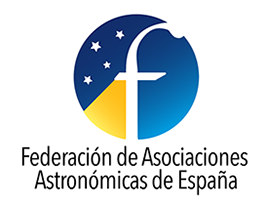 JCAAC (2024), 1, 5–14
JCAAC (2024), 1, 5–14
M E T H O D S & A L G O R I T H M S
Computational celestial navigation at sea
Luis Mederos1
1Consejo Superior de Investigaciones Científicas, Madrid, Spain. E-mail: Esta dirección de correo electrónico está siendo protegida contra los robots de spam. Necesita tener JavaScript habilitado para poder verlo..
Keywords: astronomical navigation, problem of longitude
@ This article is licensed under a Creative Commons Attribution 4.0 License
Abstract
Finding the geographic longitude of a ship when sailing in high seas, frequently referred to as the longitude problem, is one of the longest scientific problems in history that it took almost three centuries to be solved. The final solution to that problem, based on measuring the height of stars above the horizon, is briefly summarized in sections I and II. Section III is then devoted to explain how the traditional solution can be today implemented using simple calculations instead of the usual tedious graphical method.
Resumen
El cálculo de la longitud geográfica de un barco que navega en alta mar, denominado frecuentemente como el problema de la longitud, es uno de los problemas científicos más antiguos de la historia, que tardó casi tres siglos en resolverse. Además de resumir la solución final al problema, basada en la medida de la altura de las estrellas sobre el horizonte, presentamos en este artículo una versión de la solución tradicional basada en procedimientos simples, que sustituyen a los tediosos métodos gráficos usuales.





